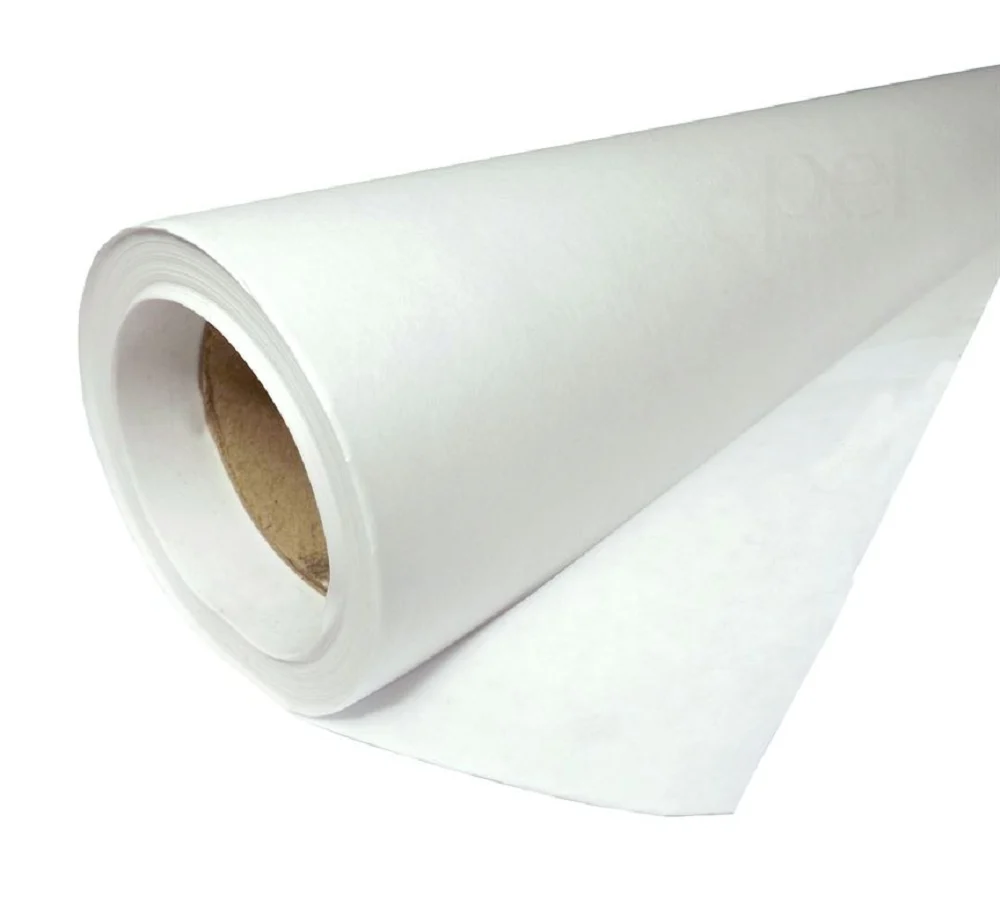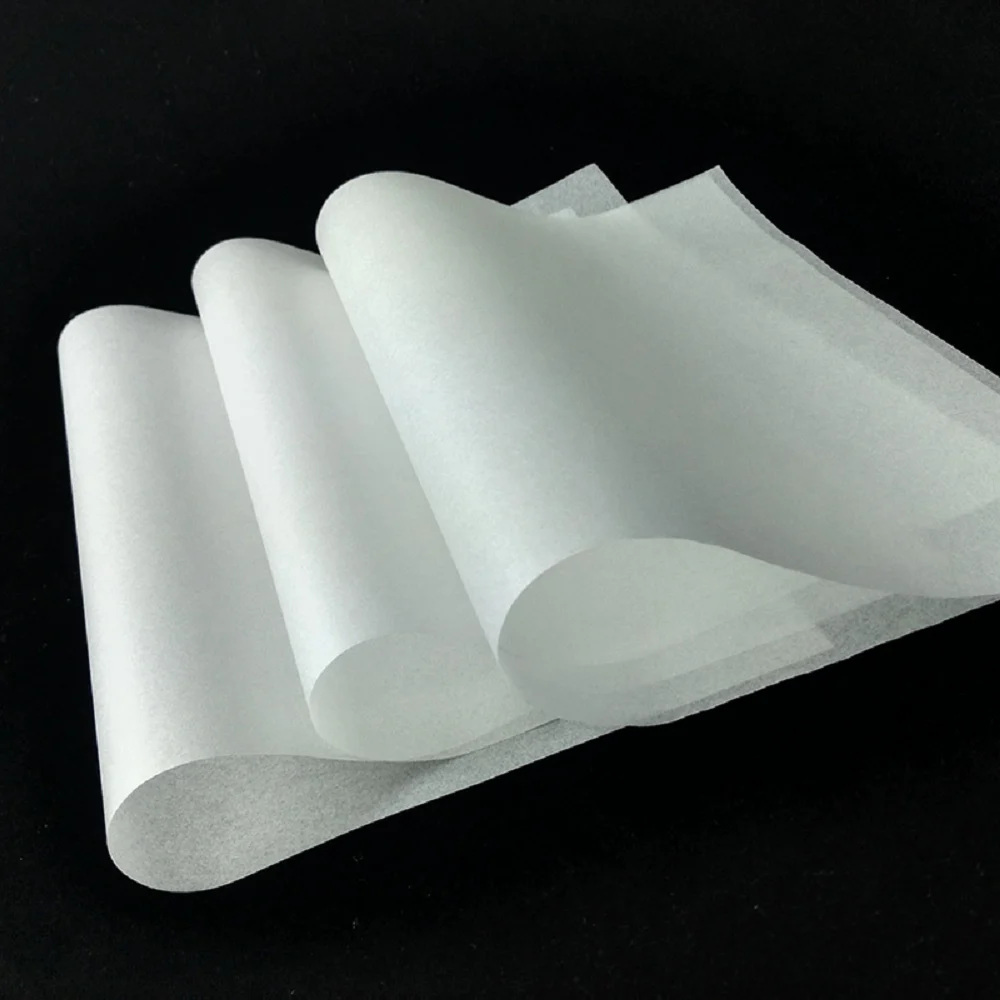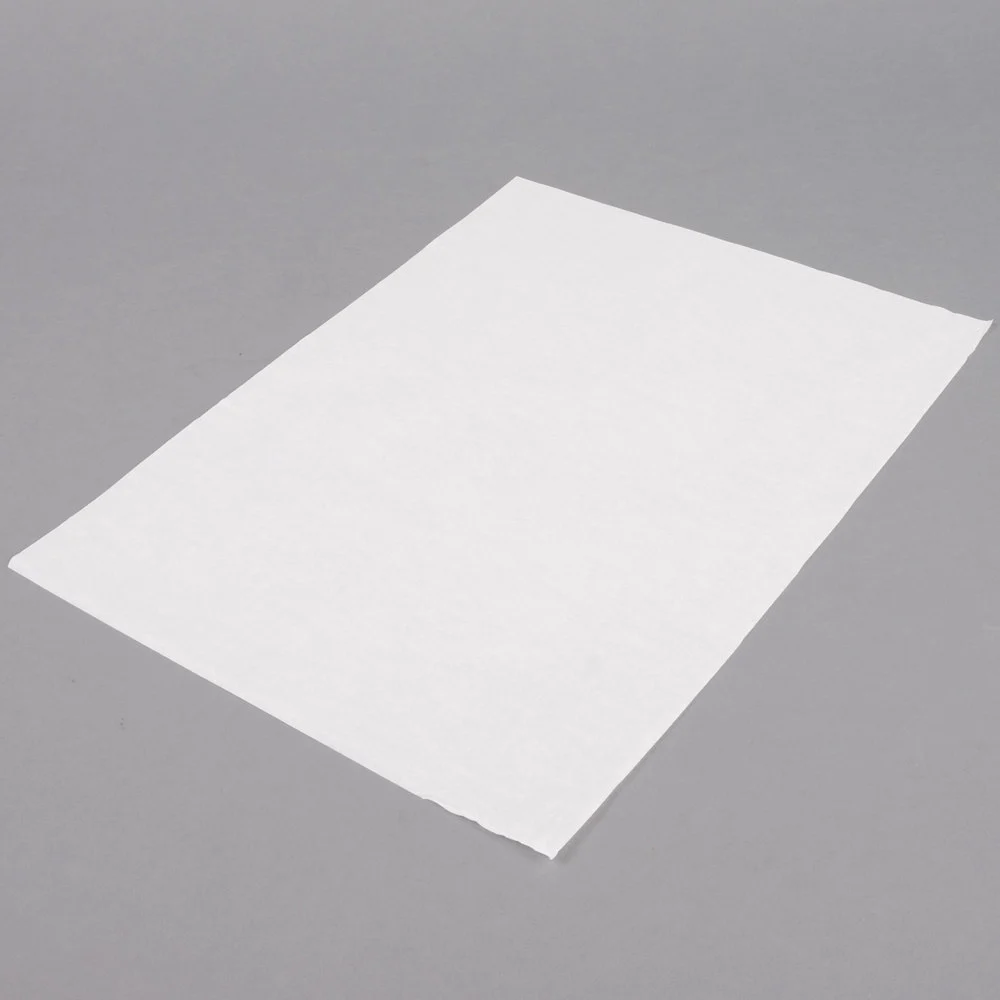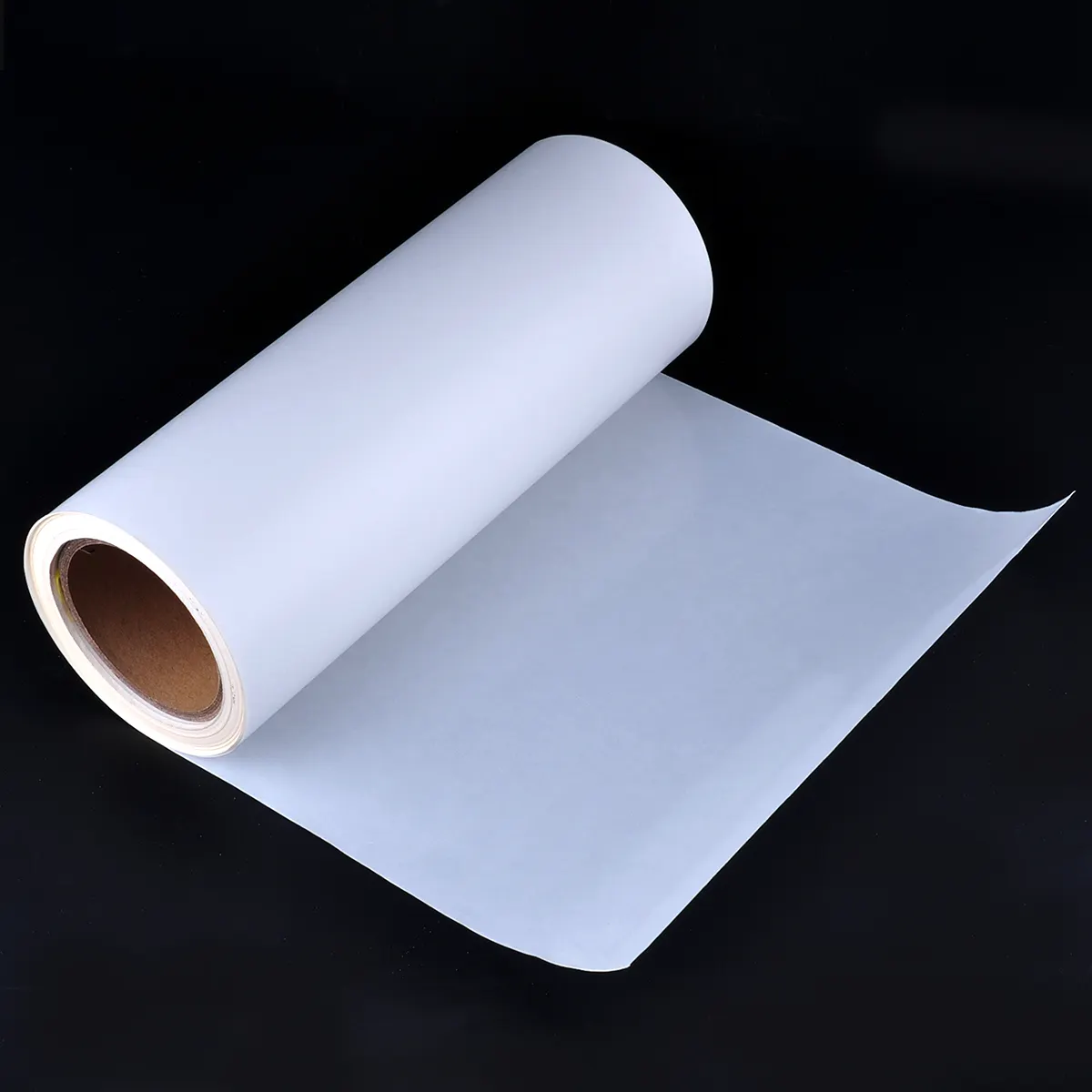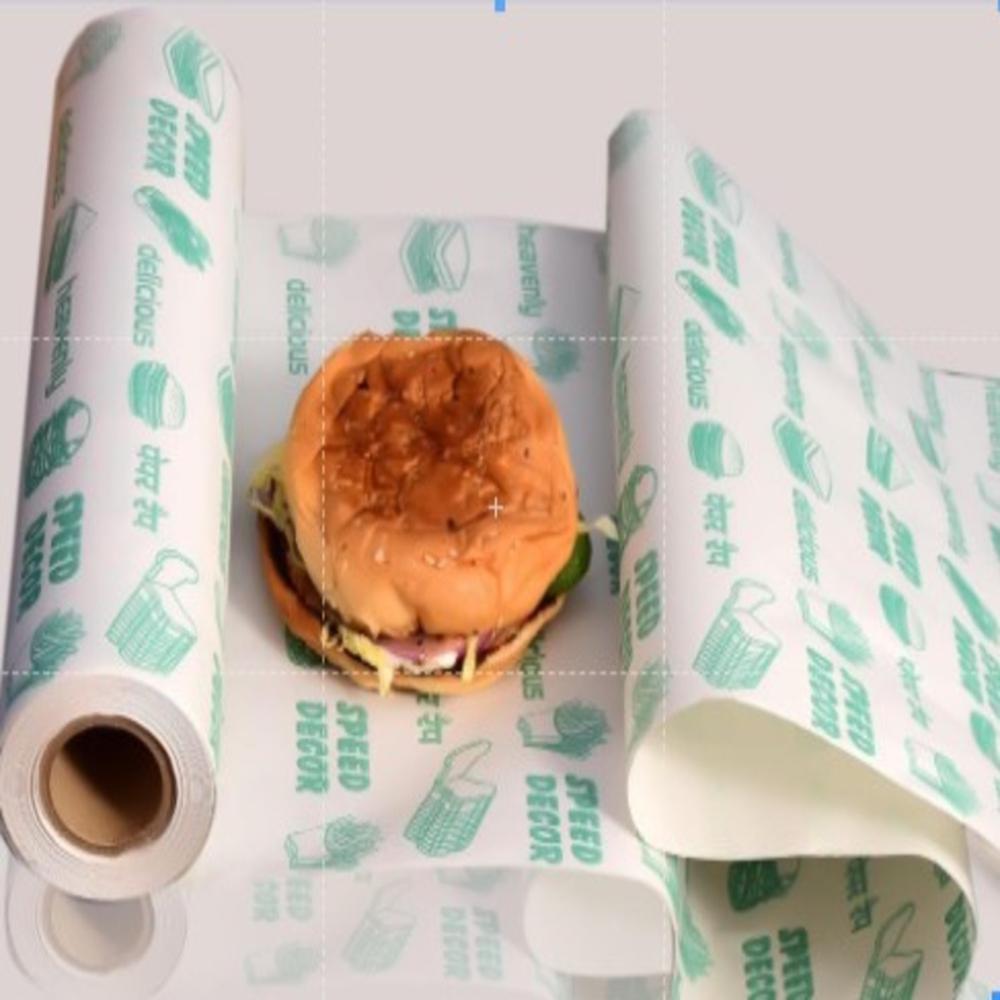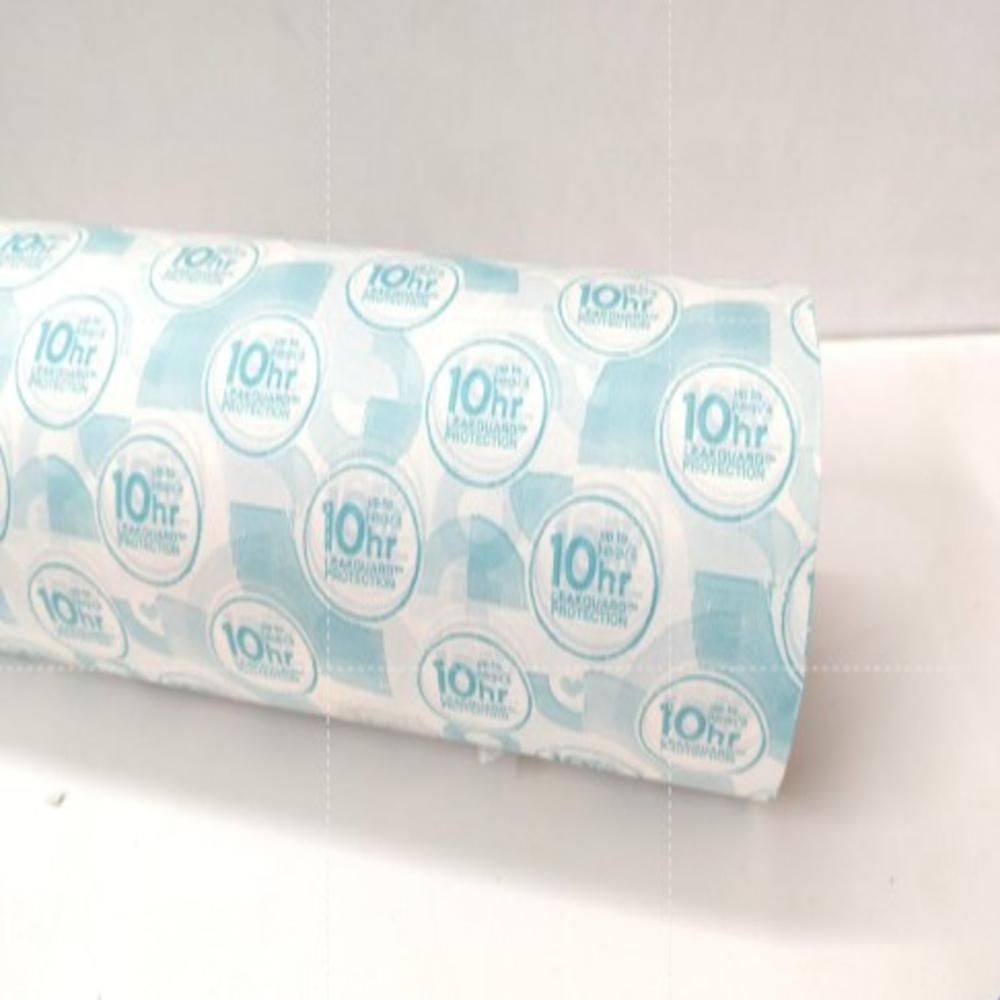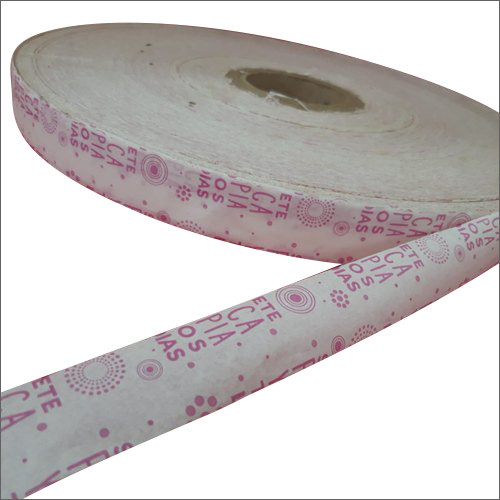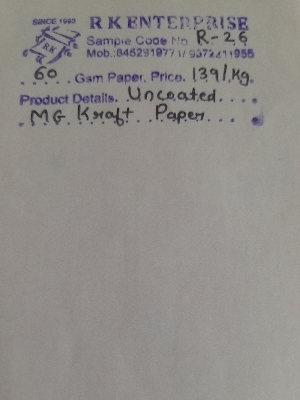Call : 07971584310
Special Food Grade One Side Coated Paper 40GSM
188.00 INR/Kilogram
Product Details:
- Pulp Material [ ' O t h e r ' ]
- Style [ ' R e c y c l e d ' ]
- Size 20mm
- Thickness 40gsm Gauge
- Feature [ ]
- Use [ ]
- Click to View more
X
Special Food Grade One Side Coated Paper 40GSM Price And Quantity
- 188.00 INR/Kilogram
- 200 Meter
Special Food Grade One Side Coated Paper 40GSM Product Specifications
- [ ' O t h e r ' ]
- [ ' R e c y c l e d ' ]
- 40gsm Gauge
- [ ]
- 20mm
- [ ]
Special Food Grade One Side Coated Paper 40GSM Trade Information
- Paypal Cash Against Delivery (CAD) Cash on Delivery (COD) Cash Advance (CA) Cash in Advance (CID)
- 2000 Meter Per Day
- 5 Days
- Packing is available on sheets & rolls formats as per customer preference, packing goods packed by paper packing, taped, goni, cartoon, PVC rapper finally dispatched.
- ' l l ' All India
- Special food-grade coated paper is a type of paper that is designed for direct contact with food while maintaining the necessary safety, hygiene, and performance standards. It is typically coated with a layer that helps protect the food, preserve its quality, and prevent contamination. Heres an overview of special food-grade coated paper:
Product Description
Tell us about your requirement

Price:
Quantity
Select Unit
- 50
- 100
- 200
- 250
- 500
- 1000+
Additional detail
Mobile number
Email
Other Products in 'Silicon Coated Paper' category
 |
G K ENTERPRISE
All Rights Reserved.(Terms of Use) Developed and Managed by Infocom Network Private Limited. |

 Send Inquiry
Send Inquiry